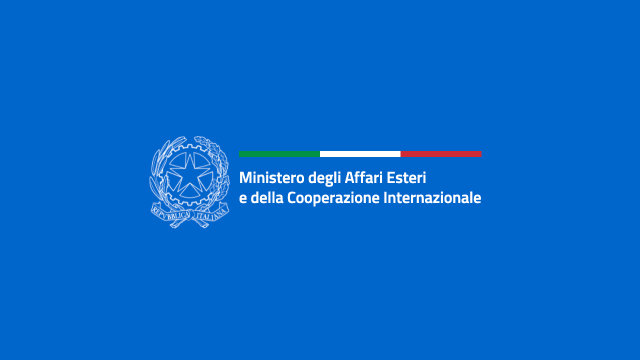Together with Experts from the Ministry of Culture, Italy took part in the first underwater multilateral archaeological mission under the auspices of UNESCO on the Skerki Bank and in the Strait of Sicily. The mission was launched on 21 August and is scheduled to end on 4 September. It is the first multilateral mission under the auspices of UNESCO on the Skerki Bank and in the Strait of Sicily. International underwater archaeologists took part in this mission aboard the vessel Alfred Merlin, made available by the Department of Underwater Archaeological Research of the French Ministry of Culture (DRASSM), with economic and logistical resources provided by the Countries involved.
Eight Countries were involved in the mission’s preparation process, initiated in 2018 by Italy and Tunisia under the 2001 UNESCO Convention on the Protection of the Underwater Cultural Heritage. Tunisia, one of the participating Countries, is the coordinator in the area of Skerki Bank on the Tunisian continental shelf, while Italy is the coordinator on the Italian continental shelf and in the Strait of Sicily, Algeria, Croatia, Egypt, France, Morocco and Spain.
Italy has supported this mission since the very beginning, as it is the first mission to put into practice the decrees of the 2001 UNESCO Convention. Italy traditionally takes part in the Organization’s programmes and initiatives providing significant financial contributions, ideas and contributions by the staff.
Because of the specific interest given the geographic location of the Skerki Bank, Italy has not failed to provide its contribution during all of the initiative’s preparatory stages, which UNESCO as a whole is watching with special attention and interest.
In particular, through the Secretary General – UNESCO Office, and in close coordination with the Italian Representation to UNESCO, the Italian Ministry of Culture coordinated all the preliminary and preparatory activities, setting up a working group made up of members from the Ministry of Foreign Affairs and International Cooperation, as well as the National Superintendency for Underwater Cultural Heritage (which coordinated the archaeological survey at sea on the Italian continental shelf), the Superintendency of the Sea of the Sicily Region, the University of Palermo, and experts in international law. The Carabinieri Command for the Protection of Cultural Heritage provided important logistical support to ensure links with the French unit, in order to allow for the appropriate rotation of the scientific team on board.
The Ministry of Foreign Affairs oversaw the coordination of the delicate final stages of the preparation, especially for the granting of permissions by Tunisia and the negotiation of the complex agreement reached with the participating Countries only one day before the start of the mission.
After a technical stop in the Port of Trapani, on 24 August the Merlin began its activities in the Strait of Sicily, on the Italian continental shelf, focusing on the area where, between the end of the 1980s and 1990s, Robert Ballard and his crew identified tens of wrecks from ancient and post-ancient history, now explored using an ROV called Arthur, designed for archaeological surveys in deep waters. In this case, the ROV was used at a depth of about 850 metres.
Afterwards, the Merlin headed towards the Tunisian side of the Skerki Bank to carry out archaeological surveys in more shallow waters and areas with high archaeological potential.
The results of the multilateral mission, to be presented in autumn at UNESCO in Paris, will represent the foundations to draft future plans for the knowledge and protection of the areas being explored.

